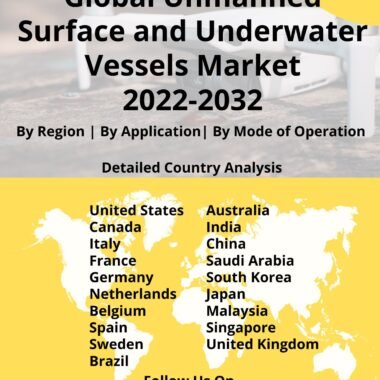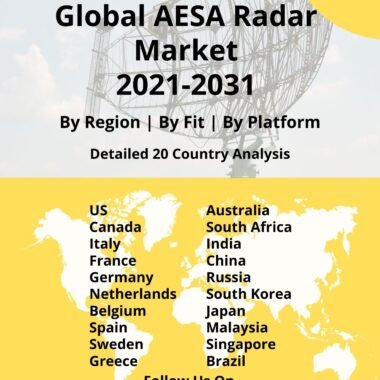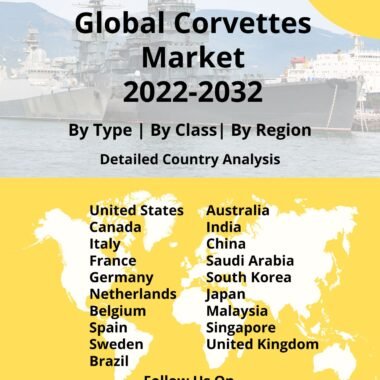Description
What is Ship Simulator?
A ship simulator is a method that mimics ships and maritime settings for use in teaching, research, and other applications. These simulators are a combination of software and hardware solutions. They provide the user with a simulated environment in which they test systems or receive professional training. Ship simulators can be classified into two major classifications such as real-time simulators, which have human controllers, and fast time simulators, in which the human is replaced by a computer-based pilot model. These are used by both commercial ships and naval ships.
Benefits Of Using Ship Simulators
Using a ship simulator provides high-quality training. It can place crews into any scenario at any time and provide more deep training in lesser time. Besides improving their skills, it additionally provides awareness and experience for real-life situations. The system successfully enables naval forces to conduct a wide range of simulations without incurring the associated costs, resulting in significant savings in training budgets.
Simulation is a highly technical art involving the integration of several skills including civil and marine engineering, naval architecture, computer techniques, piloting, and human engineering. In all these areas, there are substantial unresolved issues. Thereby, the ship simulator technology is considered an effective tool for water design by design engineers. The use of simulation technologies is gaining popularity to boost confidence in waterways designs and minimize construction and maintenance costs. Over the previous three decades, ship-handling simulations based on available technology have been developed. Simulations have been used in a range of scenarios, ranging from training vessel operators to studying marine deaths to buoy location review.
Ship Simulator Market Outlook
Growing need for professional ship operators and watch captains for map charting, directing navigation, fire management, weather monitoring, and operating rehearsals is leading the market growth. Additionally, severe maritime legislation requiring proficient training of electronic war workforces has boosted the demand for ship bridge simulators in recent years.
Shipbuilders have discovered in recent years that virtual reality simulation is far more effective than traditional marine simulator training. A helmet is used in virtual simulation devices to display a video and is integrated with acoustic effects and simulation sensor systems. Using this technology, an unlimited number of people can be trained together in the same environment on the same or separate vessels. This is accomplished through the use of characters, which allow the user to view and converse with the other participants during the ongoing training. Users from all over the world can participate in the same scenario.
Moreover, the increasing adoption of advanced technologies in simulators is also accelerating the market demand. For instance, in October 2021, FORCE Technology, the Denmark-based ship simulator company had launched a dedicated Software as a Service solution named SimFlex Cloud. It provides easy access to next-generation mixed reality simulations, utilizing both augmented reality and virtual reality headsets to enhance realism and immersion. Thereby, the increasing adoption of cutting-edge technologies is generating a plethora of market growth opportunities.
The Asia-Pacific region is experiencing increased passenger traffic as well as significant import and export activities. As a result, the region is projected to have a high demand for marine systems, contributing significantly to market growth. With the evolving marine commerce in LAMEA countries, the business is expected to expand in the forthcoming years.
Key Developments in Ship Simulator Market
In 2021, Kongsberg Digital (KDI) had signed four contracts with maritime training centers, universities, and schools in South Korea. The successful delivery of DP simulators and K-Sim Offshore to the Korea Institute of Maritime and Fishery Technology in the first quarter of 2021 after the handover of K-Sim Mooring simulators to the Busan Techno Park foundation. In 2021, both the Incheon National Maritime High School and the Busan National Maritime High School had commissioned KDI to supply K-Sim Navigation ship’s bridge simulators in Q4 2021. KDI has obtained key stakeholders to support the industry in this venture by securing these contracts.
In January 2021, The Thome Group had completed the installation of the new Full Mission Navigation Bridge Simulator with a 320-degree view at its facilities in the Philippines.
In 2021, Pinnacle Solutions, Inc. had awarded a subcontract worth USD 1.25 million to Buffalo Computer Graphics, Inc., a maritime simulation provider, to support the Bridge Part Task Trainer Program of the U.S. Navy. BCG will supply radar and communication simulation solutions to assist the Navy’s focus on ship navigation training under the terms of the contract. The BCG simulation will be integrated with other bridge subsystems by Xebec, a joint venture between Pinnacle Solutions, Inc. and CAE USA, to produce a series of Littoral Combat Ship (LCS1 and LCS2) training systems.
Henceforth, numerous latest advancements in the ship simulators industry are anticipated to accelerate business growth in upcoming years.




